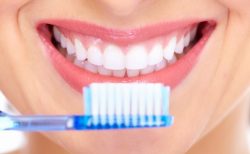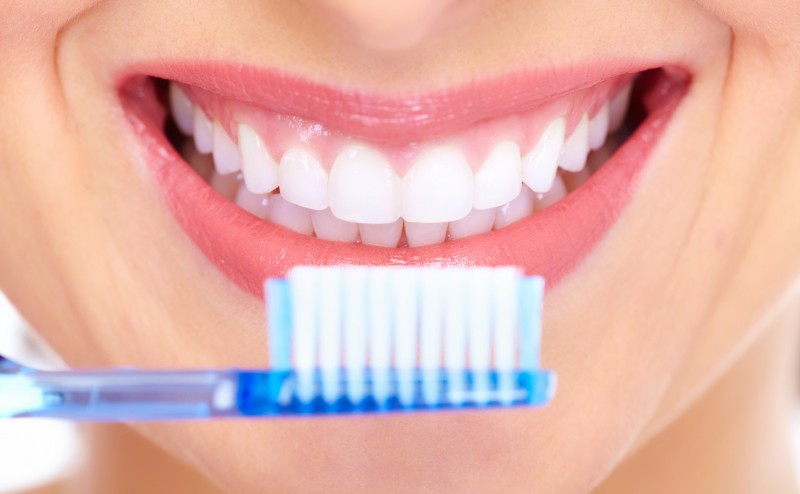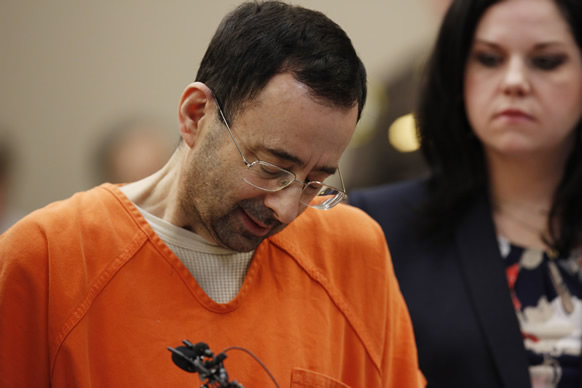 It’s not exactly a newsflash that one of the most important reasons to brush your teeth is to fight off cavities (not to mention prevent bad breath). But what if the way you brush your teeth actually makes you more susceptible to cavities, tooth decay and gum disease? Scary.
It’s not exactly a newsflash that one of the most important reasons to brush your teeth is to fight off cavities (not to mention prevent bad breath). But what if the way you brush your teeth actually makes you more susceptible to cavities, tooth decay and gum disease? Scary.
You’re not watching what you’re doing
Make a point to look in the mirror while you brush your teeth and see where the brush is actually going. It’s easy to miss the area right at the gum line, which is the most important part. That’s where plaque, tartar and bacteria can build up, which cause the gums to become inflamed and infected (aka gingivitis). Also, keep a close eye on the back molars. If the brush head hits your cheek before you get to them you could miss them completely. Bonus: Paying better attention to your chompers will increase the likelihood that you’ll notice if something is awry, like chips, cracks or “bruxisms,” which are cupped out or overly shiny areas where your upper and lower teeth might be wearing into one another. Wearing away can also be a sign of TMJ problems, clenching or sleep apnea. Mention any unusual observations at your next dentist appointment.
ICYMI: Sleeping naked will make you healthier, wealthier – Experts
You’re using the wrong brush
Be sure to buy soft or ultrasoft brushes to minimize damage. Lenchner warns, though, that even soft-bristled toothbrushes can cause abrasions if used incorrectly. If you have a water pick, keep it on the lowest setting, even if it doesn’t feel like it’s doing much. Anything higher can erode your gum line. If your dentist gives you a special brush for cleaning implants or crowns, only use it as directed so you don’t disrupt proper gum growth.
As horrifying as it may sound, your toothbrush can be a veritable haven for germs, including strep and staph. You should replace a regular toothbrush every three months—sooner if the bristles look worn, frayed and bent. Over time, the bristles get damaged, like split ends in your hair, and bacteria nestle in those tiny tears. To minimize germs’ day-to-day growth, rinse your brush with hot water after use and allow it to dry completely.
You don’t rinse after
Effective brushing and flossing unbind bacteria-laden plaque from the surface of teeth. Rinsing afterwards is a key step to make sure that bacteria leave your mouth for good. Swish with a germ-killing, alcohol-free mouthwash. Or use a fluoride rinse to strengthen and fortify tooth enamel and prevent cavities. If you don’t have mouthwash, a good rinse-and-spit with water is better than nothing.
More on doctoroz.com



Comments 2